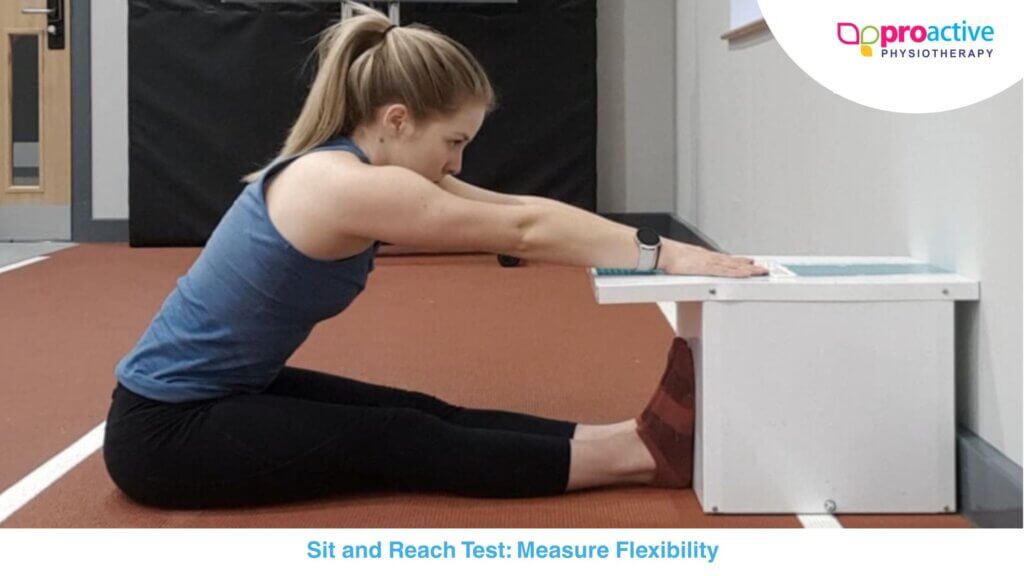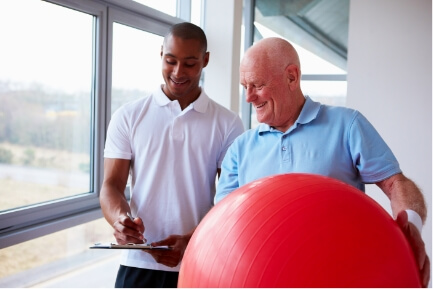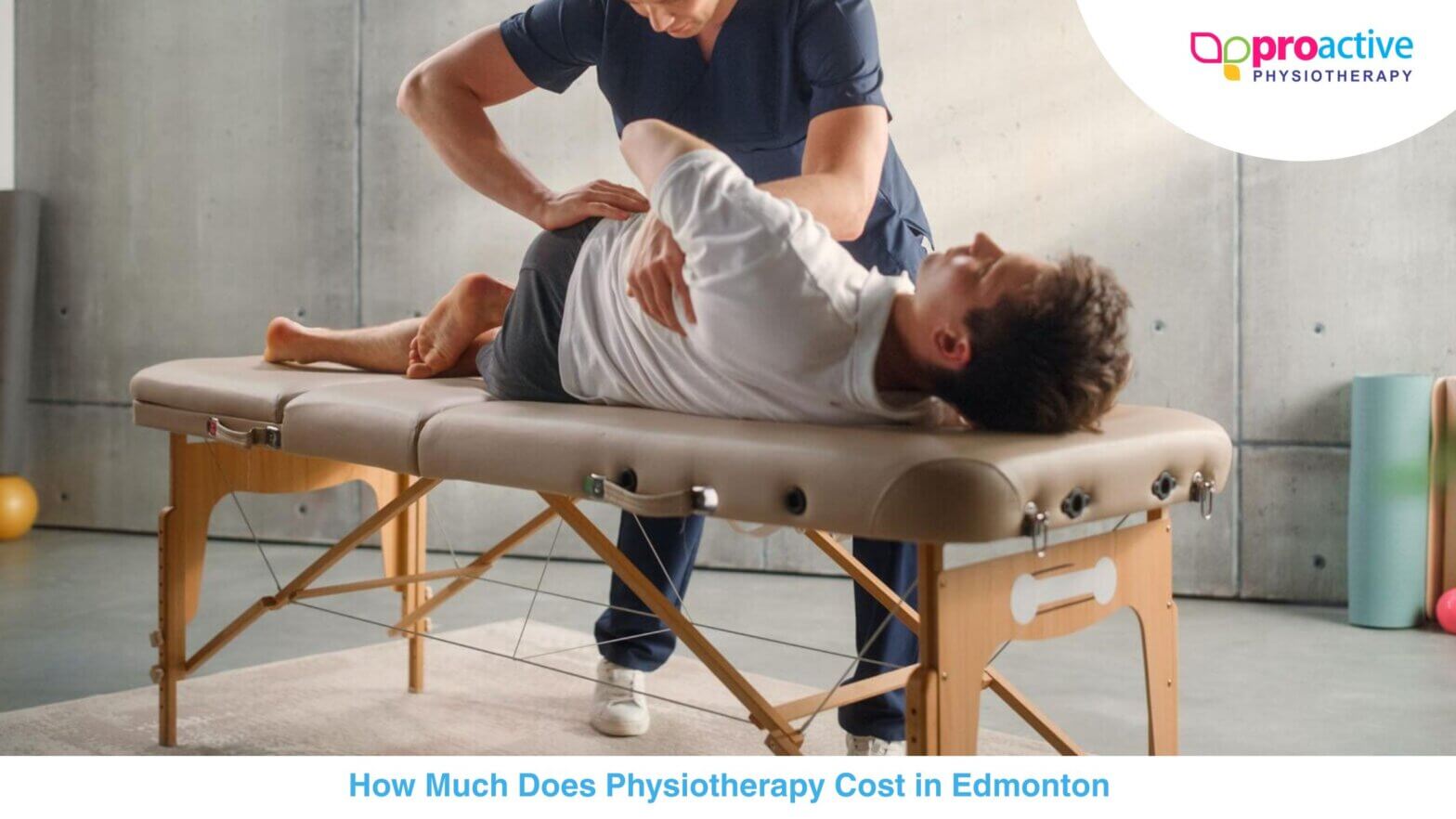Flexibility is a key part of overall fitness. One of the most common ways to measure flexibility is the Sit and Reach Test. This simple test is often used in schools, gyms, and physiotherapy clinics because it evaluates how flexible your lower back and hamstrings are. Understanding your result can provide insight into your mobility, posture, and risk of injury.
What is the Sit and Reach Test?
The Sit and Reach Test is a flexibility assessment where you sit on the floor with legs straight and reach forward along a measuring line or box. The distance you reach shows how flexible your hamstrings and lower back are.
Key points about the test:
- It is widely used in physical education, fitness testing, and rehabilitation settings.
- It focuses mainly on the hamstrings and spine, two areas commonly linked to mobility issues.
- It is quick, non-invasive, and does not require expensive equipment.
How to Perform the Sit and Reach Test?
If you want to try the Sit and Reach Test, follow these steps carefully:
- Sit on the floor with your legs fully extended and feet flat against a sit-and-reach box or ruler.
- Keep your knees flat on the ground throughout the movement.
- Place one hand on top of the other and slowly reach forward without bouncing.
- Hold your farthest position for at least 1–2 seconds while the distance is measured.
- Record the best score after 2–3 attempts.
Some variations allow different arm positions, but consistency is important when comparing results.
What is a Normal Sit and Reach Score?
Scores can vary based on age, gender, and activity level, but the following estimates are generally used:
- Excellent flexibility: Above 27 cm for men, above 30 cm for women
- Average flexibility: Around 15–25 cm
- Poor flexibility: Less than 15 cm
These numbers are guidelines and should not replace professional assessment. If your flexibility is below average, it may be beneficial to work on stretching routines or seek help from a Physiotherapy Clinic in South Edmonton, where mobility programs are often personalized to your needs.
What Does the Sit and Reach Test Measure?
The test is primarily designed to measure hamstring and lower back flexibility. However, it can also reflect on:
- Postural health
- Muscle tightness caused by prolonged sitting
- Athletic readiness, especially for sports requiring strong mobility
- Injury risk for the spine and legs
For patients recovering from collisions or muscle strains, results from flexibility testing, combined with treatment, can help track progress. For example, Car Accident Injury Physiotherapy in South Edmonton often integrates mobility assessments like the sit and reach to support recovery.
Why Flexibility Testing Matters?
Flexibility affects more than athletic performance—it impacts daily life. Poor flexibility can contribute to:
- Lower back pain
- Stiffness in hips and legs
- Reduced range of motion during physical activity
- Increased risk of sports injuries
Many rehabilitation programs also monitor flexibility to check how patients are responding. Stretching routines, manual therapy, and deep tissue treatments can improve scores over time. Personalized care from a Massage Therapy Clinic in South Edmonton may also assist in improving flexibility by releasing muscle tightness.
How to Improve Your Sit and Reach Score?
Improvement is possible through consistent practice. Here are some tips:
- Warm up your body before stretching to prevent strain.
- Hamstring stretches: Seated forward bends, standing toe touches, and gentle yoga poses.
- Lower back stretches: Cat-cow pose, spinal twists, or child’s pose.
- Dynamic stretches: Incorporate leg swings or walking lunges before workouts.
- Consistency: Aim to stretch at least 3–4 times per week.
Athletes and active individuals may also benefit from targeted recovery support, like Sports injury physiotherapy in Edmonton, which combines therapeutic exercises with flexibility improvement strategies.
FAQs
What is the sit and reach test?
The sit and reach test is a flexibility assessment that measures how far you can reach beyond your toes while sitting with straight legs. It shows hamstring and lower back flexibility.
What is a normal sit and reach score?
A normal score varies by age and gender, but generally, men should aim for 15–25 cm and women for 17–27 cm as an average flexibility range. Higher scores show better mobility.
How do I measure my sit and reach?
You can measure using a sit-and-reach box or a simple ruler fixed at your feet. Sit with your legs out straight, reach forward, and record how many centimeters you reach.
What does the sit test measure?
The sit and reach test measures flexibility in your hamstrings and spine, areas that affect posture, athletic performance, and injury risk.
Conclusion
The Sit and Reach Test is one of the simplest ways to measure flexibility in the lower back and hamstrings. While it may look basic, it provides valuable insight into your posture, physical readiness, and potential risks related to stiffness or injury. By stretching regularly, staying active, and seeking professional support when needed, you can improve flexibility and lower your risk of pain or injury.
Whether you’re tracking fitness progress on your own or working with professionals, combining assessments like this with expert care can make a big difference. From routine flexibility checks at a Physiotherapy Clinic in South Edmonton, recovery support from Car Accident Injury Physiotherapy in South Edmonton, relaxation at a Massage Therapy Clinic in South Edmonton, to athletic performance care at Sports injury physiotherapy in Edmonton—resources are available to keep you mobile, strong, and pain-free.
For professional guidance and personalized assessment, clinics like Proactivesportspt can help you maximize your flexibility, optimize results, and prevent injuries through expert physiotherapy services.
Tags: Car Accident Injury Physiotherapy, Massage Therapy Clinic, Physiotherapy Clinic in South Edmonton




